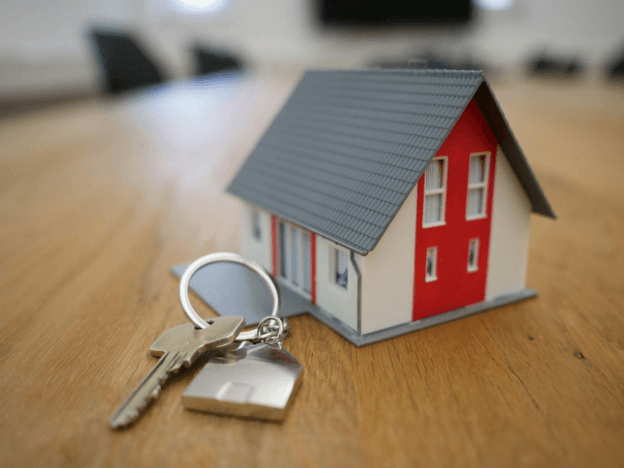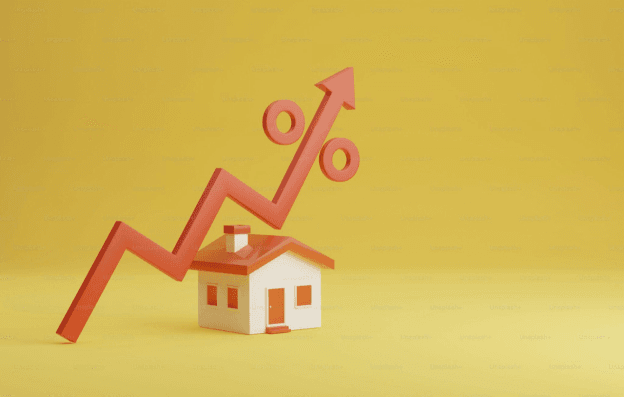
What’s the 30-Year Mortgage Rate? Understanding Current Trends and How They Affect You in 2025
The 30-year mortgage rate is one of the most widely discussed numbers in the home-buying world. This long-term loan option, where the loan is paid off over 30 years, offers predictable payments and relatively low monthly costs. But with fluctuations in interest rates, how do you know where the 30-year rate stands and how it affects your home-buying plans in 2025?
What Is a 30-Year Mortgage Rate?
In simple terms, a 30-year mortgage rate refers to the interest charged on a home loan that is repaid over 30 years. It’s the most popular mortgage option for many U.S. homeowners because it offers lower monthly payments by spreading the loan amount over a longer period.
For those considering a 30-year loan, it's important to know that most of these mortgages have fixed rates. This means your interest rate remains the same for the life of the loan, giving you predictability and financial stability. However, there are also adjustable-rate mortgages (ARMs), where the rate can change after an initial period.

How Are 30-Year Mortgage Rates Determined?
Several factors influence the 30-year mortgage rate, including:
- Benchmark Interest Rates: Mortgage rates generally follow the movements of the 10-year U.S. Treasury yield. When Treasury yields rise, mortgage rates usually do too.
- Federal Reserve Policy: While the Fed doesn’t directly set mortgage rates, its decisions to raise or lower the federal funds rate have a significant impact on the cost of borrowing.
- Mortgage-Backed Securities (MBS): Lenders sell mortgages as MBS, and the demand for these securities affects the interest rates that borrowers see.
- Inflation and Economic Conditions: Expectations of inflation typically lead to higher mortgage rates, as lenders adjust to maintain real returns.
Current 30-Year Mortgage Rate Trends (2025)
As of April 21, 2025, the national average for a 30-year fixed mortgage rate is about 6.95%, showing a slight increase from the previous week’s rate of 6.89%. This rise is largely driven by changes in the 10-year Treasury yield and other economic factors.
Factors That Influence Mortgage Rates
Mortgage rates can change for a variety of reasons:
- Economic Conditions: A strong economy often means higher mortgage rates, while a weaker economy may lead to lower rates.
- Inflation: When inflation increases, lenders tend to raise interest rates to compensate for the decrease in purchasing power.
- Personal Borrower Factors: Your credit score, loan size, and debt-to-income ratio also influence the rate you’re offered.

What Does a 30-Year Mortgage Rate Mean for Your Monthly Payments?
The 30-year mortgage rate directly impacts your monthly payments. For example:
- On a $300,000 mortgage:
- At a 3% rate: approx. $1,265/month
- At a 7% rate: approx. $1,996/month
That’s a difference of over $700 per month.
Lower rates make homeownership more affordable, but higher rates can significantly impact your budget. Always calculate how different rates affect your monthly payments before making a decision.
How to Lock in the Best 30-Year Mortgage Rate
If you want to secure a good rate, here’s how:
- Mortgage Rate Lock: Lock in a rate to protect yourself from increases during the loan process.
- Monitor Market Trends: Pay attention to market conditions. If rates are rising, locking in your rate early is a smart move.
- Enhance Your Financial Profile: A higher credit score, a larger down payment, and less debt can help you qualify for better rates.
- Shop Around: Get quotes from different lenders to ensure you’re getting the best deal.
Is a 30-Year Mortgage Still the Best Option?
For many homebuyers, a 30-year mortgage remains the top choice due to its low monthly payments. However, it's not without its downsides. With a longer term, you’ll pay more in interest over the life of the loan, and it takes longer to build equity.
Consider your financial goals and timeline:
- If you plan to stay in the home for many years, a 30-year mortgage might be perfect.
- If you plan to sell or refinance soon, a shorter-term loan might be better.